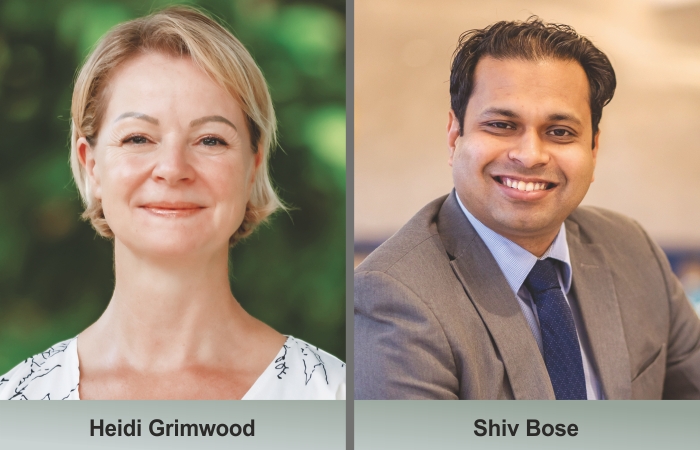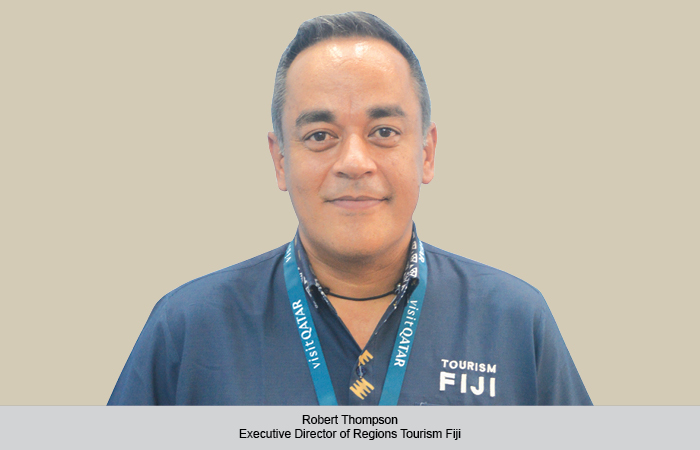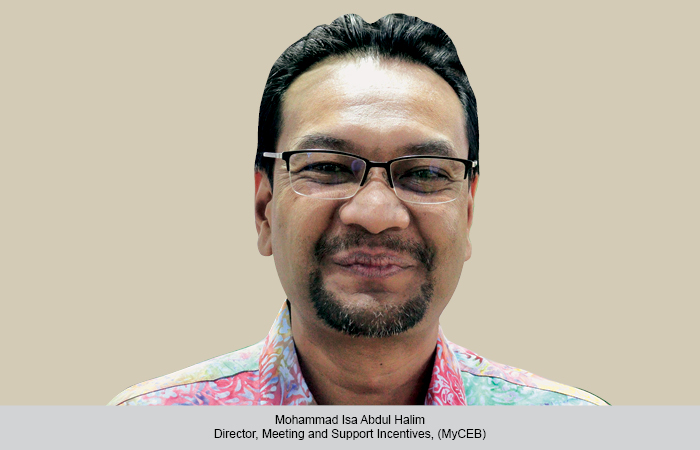Wellness tourists look for more immersive experiences rather than just relaxation, party or luxury breaks. They seek locations where there is more focus on activities, especially connected to fitness, health and wellbeing, share experts with TravTalk. They also share their views on other issues related to wellness tourism.
Janice Alyosius
What will be the look of Wellness Tourism in India in 2022?
Heidi Grimwood: Wellness Tourism will be a popular option in India. In Covid times, people are more conscious about seeking a natural approach to their health concerns. A new generation of mindful travellers is emerging and people are looking for more health promoting breaks. They are looking to connect with the mind, body and soul at their travel venues.
Shiv Bose: It will certainly go up if early indications are to go by. The surge of resorts and wellness centres are on the rise and even business hotels are inculcating healthy menu options and rejuvenation packages for the discerning traveller.
What new are you offering to wellness tourists?
Heidi: We offer daily fitness and wellness activities to our guests as well as regular wellness workshops, which includes self-massage techniques, sound healing, floating meditation, meditation techniques, how to make your own spa products at home and expert knowledge from our resident and visiting practitioners.
Shiv: Being a resort, we have the luxury of space and our location with surreal backdrop of the Mandovi river and the lush landscapes adds to the experience. We are a nature’s abode with greenery all around and a river at the vicinity. From healthy food offerings under Aayush banner to wellness offerings at the recently launched Elle Spa and Salon, the resort has a host of considerations for vacation seekers. Our infinity pool provides the much-needed serenity to travel and customised work out plans are listed for enthusiasts.
What are your expectations from the government?
Heidi: It is important to make wellness tourism all inclusive. We need to give wellness travellers options for sampling wellness to fully immersive programmes. Everyone has different needs and requirements; some people simply want to try a few wellness activities and therapies to see if they like it. We should make it accessible for all entry levels.
Shiv: Adoption and accessibility are the two factors that needs attention. While the former is on the rise with the new age traveller, the latter needs to be developed to have more work class establishments delivering wellness. The beacon needs to be brighter on the guidelines to drive standardisation and uplift standards, thereby tagging such centres differently. It is imperative that the government envisages marketing them under the Incredible India campaign to promote tourism in this sphere.
How popular is wellness tourism in domestic and international market?
Heidi: Wellness tourism is forecasted to grow even faster by 2022 and reach $919 billion, with an annual growth of 7.5 per cent. While North America is driving the most wellness tourism revenues of $242 billion annually and Europe clocking the most wellness trips, the Asia-Pacific region is the eye-opener growth leader, according to the Global Wellness Institute.While wellness tourism is mostly concentrated in several countries across North America, Europe and Asia-Pacific, the top five nations – US, Germany, China, France, Japan represents 59 per cent of the global market. But things have been changing over the course of the past three years, with both China and India shooting up the ranks.
Shiv: In Covid times, resurgence of travel is attributed to domestic travel. Currently our resort is solely reliant on domestic travel and our marketing efforts are geared towards this endeavour. Inbound is a trickle and not significantly large enough to form a share. We have been clocking more than 3,500 room nights every month from domestic travel, the monthly rise is significant.
 TravTalk India Online Magazine
TravTalk India Online Magazine





